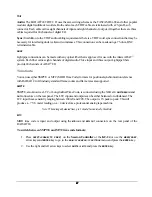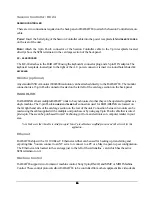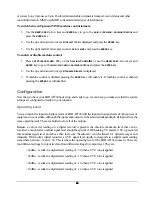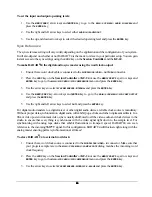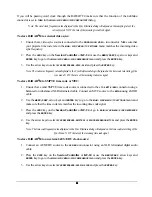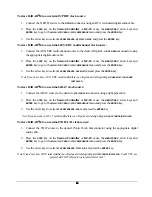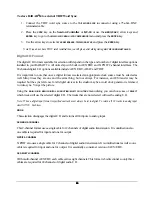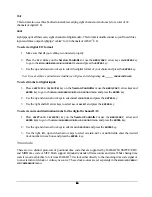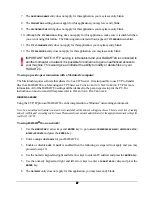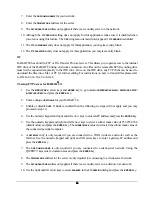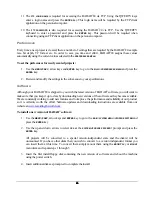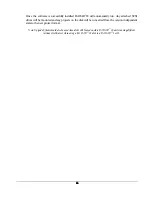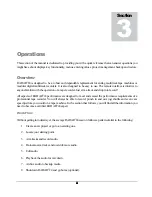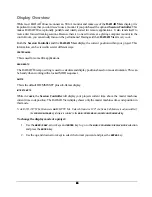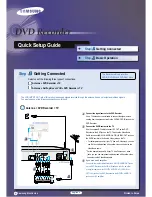
17
17
17
17
TDIF
Audio:
The RADAR
24 TDIF I/O uses the same wiring scheme as the TASCAM DA-88 and other popular
modular digital multitrack recorders. Both ends of each TDIF cable are terminated with a 25-pin D-sub
connector. Each cable carries eight channels of input and eight channels of output. Altogether there are three
cables required for 24 channels of digital I/O.
Sync:
In addition to the TDIF audio cabling requirements there is a TDIF word sync connection that may be
necessary for interfacing under certain circumstances. This connection can be made using a 75-ohm, BNC
terminated cable.
ADAT
Lightpipe connections can be made with any optical fiber that is approved for use with the Alesis ADAT
system. Each fiber carries eight channels of digital audio. Three input and three output Lightpipe fibers
provide 24 channels of ADAT
I/O.
Time Code
You can use either SMPTE or MTC (MIDI Time Code) formats for positional synchronization reference
with RADAR
24. All industry standard frame counts and frame rates are supported.
SMPTE
SMPTE, also known as LTC or Longitudinal Time Code, is connected using the XLR
LTC: SMPTE/EBU IN
and
OUT
connectors on the rear panel. The LTC inputs and outputs can be either balanced or unbalanced. The
LTC input has a sensitivity ranging between 100mV and 20V. The output is 1V peak to peak. This will
produce a –7 VU meter reading on a +4 device like a professional analog tape machine.
Note: When using unbalanced lines, pin 3 should be connected to the shield.
MTC
MIDI time code is input and output using the
MIDI IN
and
MIDI OUT
connectors on the rear panel of the
RADAR
24.
To switch between SMPTE and MTC time code formats:
1. Press
SHIFT+CHASE(TC PREF)
on the
Session Controller
or the
KC-24
or use the
MENU/PREV
,
arrow keys and
ENTER
key to go to the
MAIN / SYNC MENU / TC SETTINGS
menu and press the
ENTER
key.
2. Use the right and left arrow keys to select
SMPTE
or
MTC
and press the
ENTER
key.















